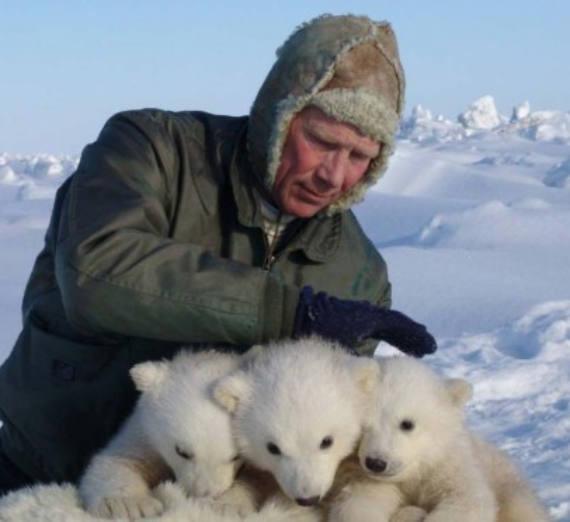Gonzaga Lecture - Polar Bears and Global Warming: Connecting the Dots to the Rest of Us - Sept 28
Wednesday, September 28, 2022

The polar bear is the largest of 4-legged predators and unique in that it lives mainly on the surface of the frozen ocean rather than on land. Polar bears can reliably catch the two species of seals on which they depend only on the Arctic sea ice surface. With their very existence depending on a habitat that literally melts as temperatures rise, polar bears have become the poster species for the dangers of human caused global warming. After presenting fun facts about polar bears—think “Polar Bear 101,” I’ll describe how anthropogenic global warming works and how it is impacting polar bears—now. Because the Arctic is warming 3X faster than the rest of the globe, the current plight of the polar bear is both a present-day signal and an omen of the impacts from human-caused warming yet to come. I’ll illustrate what the lack of action to halt global warming means to the Inland Northwest and other areas far from the Arctic, and show that heeding the early warning from the polar bear is society’s best course of action.
About the speaker: Dr. Steven C. Amstrup is chief scientist for Polar Bears International. He also is an adjunct professor at the University of Wyoming in Laramie. Before joining PBI, Amstrup was a research wildlife biologist with the United States Geological Survey at the Alaska Science Center, Anchorage AK., where he led polar bear research in Alaska for 30 years. He earned a B.S. in Forestry from the University of Washington (1972), a M.S. in Wildlife Management from the University of Idaho (1975), and a Ph.D. in Wildlife Management from the University of Alaska Fairbanks (1995).